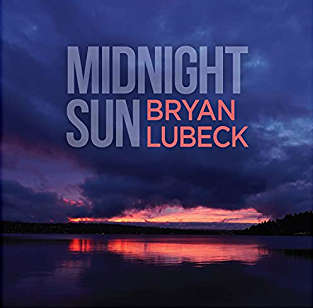
And there is nothing to suggest that he has lost anything that made the previous album such a treat. Lubeck’s signature guitar sound is shot through with Spanish Romanticism. His special gift is the blending—I won’t say fusion—of dissimilar styles into something interesting, emotional, and completely satisfying.
To aid him in his endeavor for the new album, Lubeck brought along a veteran corps of session and touring artists. With Lubeck on guitars and some piano and synthesizers (not to mention flute on track 5), he is joined by Felton Offard and Dave Hiltebrand on guitars, Nick Bisesi on sax on flute, Richard Gibbs on Hammond organ, Neil Artwick on the Fender Rhodes, Katherine Hughes and Erik Rumsa on violin, Matthew Agnew on cello, Kirk Garrison on the trumpet and flugelhorn, Christian Dillingham on the upright bass, Jon Paul and Ryan Herma on bass, Jonathan Marks on drums, and Rich Stitzel and Bob Garrett on percussion.
Nine of the eleven tracks are written by Lubeck with the opening track, Invincible, by guest guitarist Felton Offard and Sarah Smile, of course, by Daryl Hall and John Oates.
Felton Offard plays the electric guitar on Invincible to kick off the album with Lubeck on acoustic guitar. It’s a cool way to start the album with the funky, scratchy electric guitar and Lubeck on the sweet acoustic guitar. The Hammond organ gives a jumping backdrop and the rhythm section joins in the jump. Lubeck’s acoustic guitar shows off the great artistry that we have come to expect. Fun stuff.
The drive of the rhythm section takes off on Rocket Fuel. Lubeck is backed by the electric guitars and the percussion gets in some good licks as the Nick Bisesi sax wails in accompaniment with the Kirk Garrison horns. A rollicking number.
Bisesi stays in the spotlight for Sarah Smile. The acoustic guitar and tenor sax work well to make this instrumental version a, frankly, superior version to the original. Then things gets hopping again with Come Dance, a musical invitation if ever there was one. Lubeck is spot on in front of the Hammond’s swirling support. Bass and drums are relentless and the Bisesi sax again shines. The melodic lines are fresh and lively. Think of Spyro Gyra at their best.
Road to Mackinac is full of wonderful moments: the trills of the flutes, the delicate touch of the electric guitars, and Lubeck’s tightly precise acoustic guitar. This is worthy of repeated listening. As is If Only You Knew with its swelling harmonies and the determined acoustic guitar of Lubeck. The Spanish guitar sensibilities are evident and the Hammond and synthesizer scaping is lush and lovely. Again the sax takes a prominent role and is excellent in its proclamation.
The title track, Midnight Sun, makes clear how this could indeed be the starting point for more writing and a renewed sense of discovery for Lubeck. The acoustic guitar is charming and thoughtful. The bent notes are well-placed and everything just works. It is followed by Sun Dress which evokes imagery of the very thing it names. It is light and delicate and oh-so-attractive. The melody is sweet and memorable. The Hammond and the Fender Rhodes offer light touches that are wonderful.
Till I’m Found is thoughtful and captivating. The keyboards play a great part in the saga and the acoustic guitar of Lubeck goes from cool to warm in fine passages. The flute plays a great part in Alex Arrives. Lubeck takes over the piano for this one and shows himself masterful in everything he touches as the electric guitars grab well-deserved attention before Lubeck’s acoustic assumes command. The album concludes with the reverie of Adirondack. It is pastoral and meditative with simplicity and imagination.
Bravo, Bryan Lubeck. To follow up a brilliant album with an equally brilliant one is no mean feat. In many ways, Midnight Sun is a fitting sequel or even companion piece to Tuscan Sky. The composing is undiminished and the performance artistry is nothing short of stellar. Listen again and again—like I did.
~Travis Rogers, Jr. is The Jazz Owl

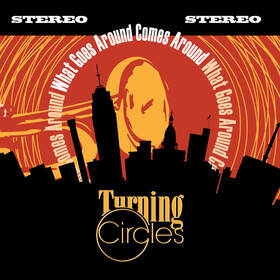
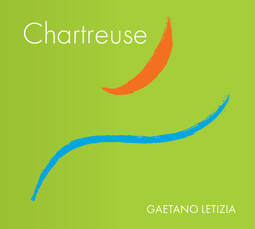
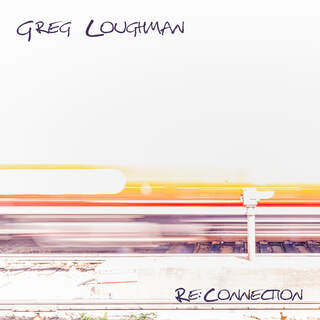
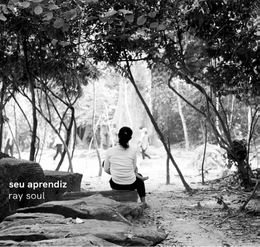


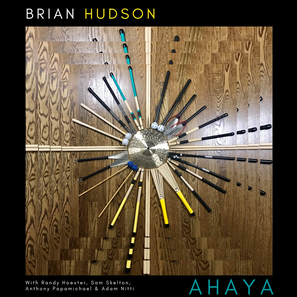
 RSS Feed
RSS Feed
